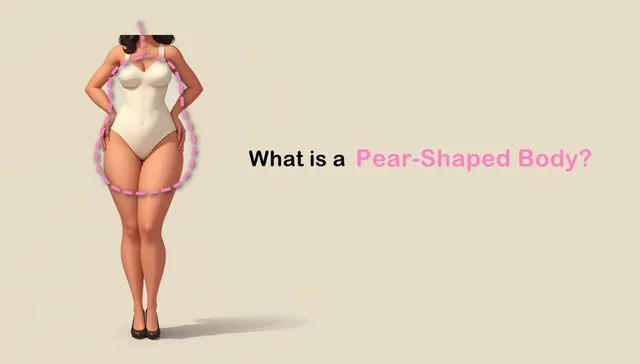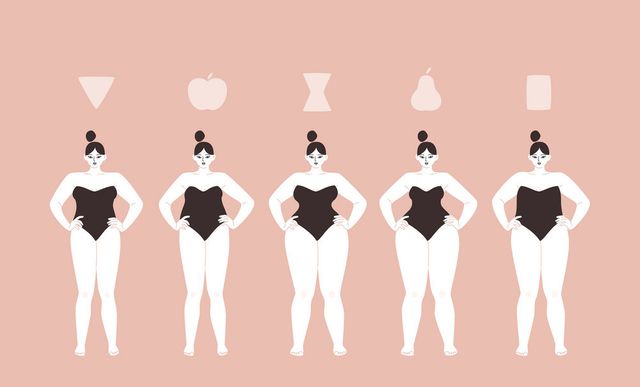
Photoshopping, or the digital manipulation of images, is commonly used by both the fashion industry and the media to alter photos. Many, if not most of the models and celebrities that you see on the covers of magazines such as Cosmopolitan, have had their images “enhanced” by using PS to lose weight.
Keira Knightley knows all about this. She was not too happy about it or perhaps did not say anything when the marketing company put her on the front of the poster and picture for Pirates of the Caribbean. She probably would have been fine with this aveneue of marketing if they did not embellish her bosom. Everyone knows that she is not well endowed but Photoshop work on that poster over a decade ago made it seem like she was. She is attractive but not that attractive.
Moreover, while such practices have been the subject of a considerable amount of controversy, the media tends to brush it off, while the fashion industry actually defends the practice. However, this issue is far more serious than it appears to be, because it has created unnatural ideals which many believe are negatively impacting society.
Altering Photos to Distort Reality
There is a very high demand in both Hollywood and the fashion industry for women that are extremely thin. These women tend to be much thinner than the average woman, and in fact, it is physically impossible for the vast majority of plus size women to ever reach such a weight, short of becoming emaciated, which isn’t attractive or healthy. Young women, particularly teenagers, are sought after because they tend to be naturally thinner than women who are in their twenties or thirties.
Normal women (and men), are led to believe that these ultra-thin models are the standard of beauty (but they really are to many people), and that a woman who is unable to lose this much weight is unworthy. This has led many healthy, attractive women to starve themselves and become anorexic just to meet this standard, and sadly some of these women killed themselves in the process.
This is terrible but fat people are not attractive to most people everyone knows America is overweight. So where is the middle ground here?
Many Celebrities are Victims and do not Endorse this Practice
Famous actresses, models, singers, and athletes sell magazines when they are placed on the front cover. However, like most women, few of these plus size celebrities(Click here to know more plus size celebrities) can meet the unrealistically thin standards that the media has created. So the media is faced with this dilemma: they can place extremely young, naturally thin but unknown teenage models on their magazine covers, or they can feature celebrities who are well known, but do not meet their ultra-thin beauty standards.
The media and fashion industry have solved this dilemma by using PS to lose weight by altering the photos of these celebrities. This image editing software allows them to enjoy the best of both worlds. They get to put world famous singers, models, actresses, and athletes on their magazine covers, and can then alter the images to ensure these women meet their ultra-thin beauty standards. While some may be under the misconception that these celebrities endorse this treatment, many do not.
British starlet Kate Winslet was furious about the way her images were altered for GQ magazine. She reportedly told British GMTV that not only did she not endorse the editing of her photos, she had no desire to ever be that thin!
She also complained that her images were altered to make it appear as if she was taller than she actually is. Tess Holliday(Follow her on Facebook) has also exposed the practice of Photoshopping and even went as far as to release before and after photos of herself to show what she actually looks like in comparison to her images after “losing weight”.
Though many people still believe that to be thinner is their dream, for plus size people, we trust that we are still beautiful without PS.










































